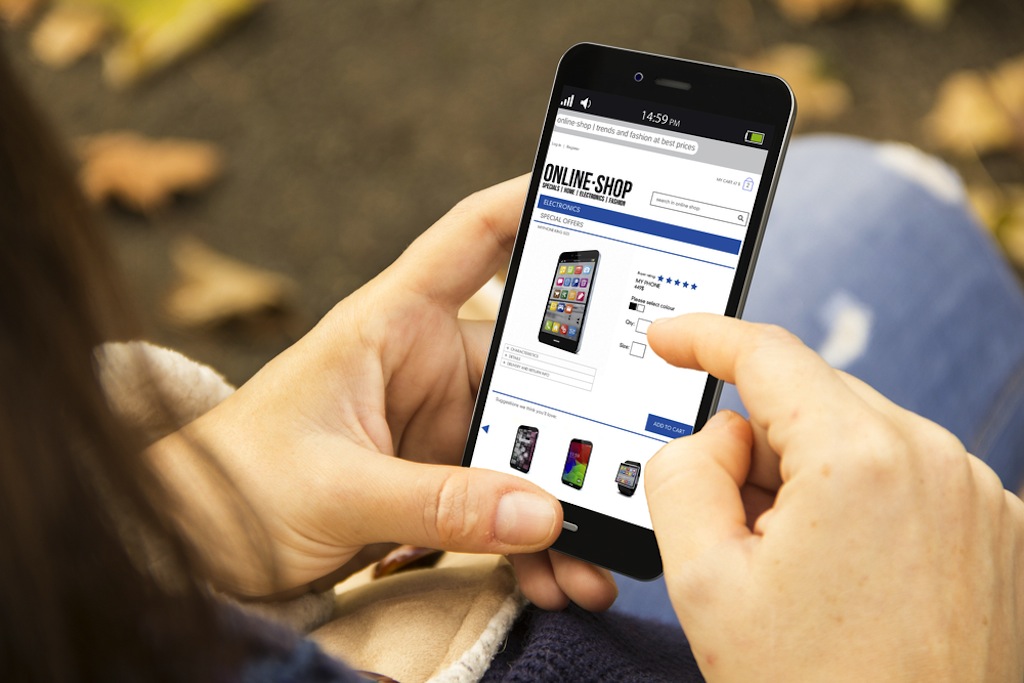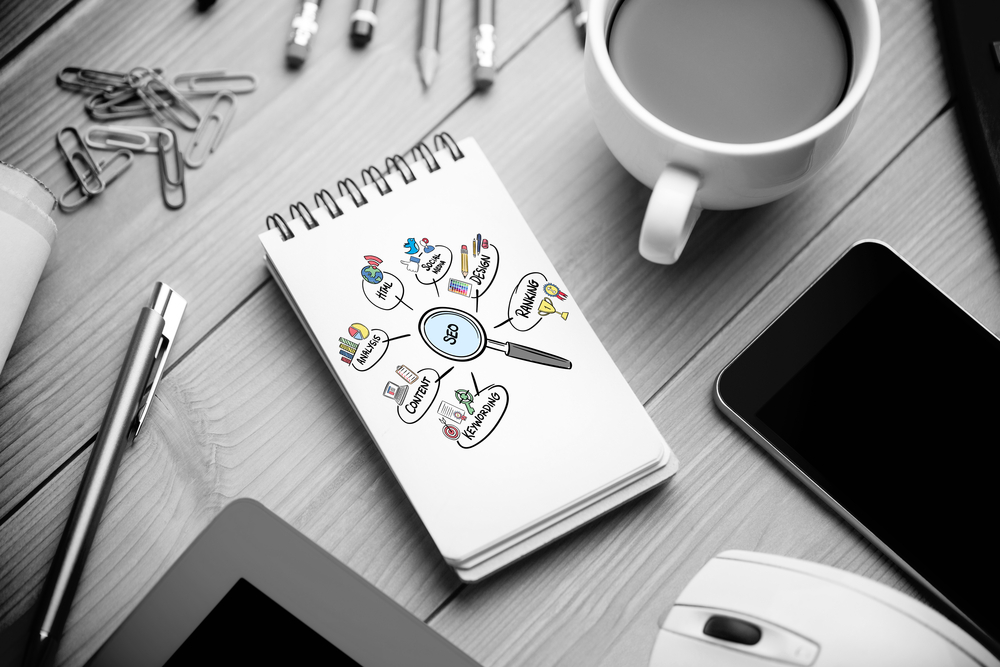Before you apply for a business loan in Ireland, you should consider a few things that will increase your chances of getting the money.
There are three main types of finance for most businesses:
Debt: The business borrows from an external source to meet its business needs (i.e. a business loan);
Equity: A private investor provides a cash injection in return for part of the ownership of the business to support its growth;
Cash: A business can also finance its growth through cash from the business owner, family or friends, or grants from government agencies.
Borrowing from a bank is a form of debt finance. There are several different types of finance, and which type you use will depend on whether the finance is for a short-term or a long-term use. The “golden rule” is to match the type of finance (short-term or long-term) to the intended business need (short-term or long-term).
You can apply for finance here. The red link and the orange buttons will bring you to a Bank of Ireland online loan application form. Lending criteria, terms and conditions apply. Bank of Ireland is regulated by the Central Bank of Ireland.
Lending for short-term purposes adds to a business’s working capital. Three main types of working capital loans are:
- Overdrafts
- Invoice discounting
- Visa business cards
For long-term purposes, the most relevant forms of finance are:
- Asset finance, which covers leasing and hire purchase arrangements
- Term loans
Let’s look at each of these different types of finance in turn.
Overdrafts
Overdrafts are a short-term permission by a bank to a business, allowing the business to issue payments or make withdrawals on the business current account, up to a specified amount (called an overdraft limit or permission). Interest is charged on a daily basis on the amount of the overdraft used. Generally, there will also be quarterly fees as well as an annual facility fee. The annual facility fee is €50.
Most often, overdrafts are used by a business in managing its working capital and to meet a very short-term financial need.
The main advantages of an overdraft are that they are usually easy to arrange, they do not have a fixed repayment schedule and you only pay interest on the amount of the overdraft that is actually used by the business.
However, an overdraft is repayable on demand. This means the repayment of the entire amount can be demanded by the bank at any time, without explanation or notice. Because an overdraft is only intended as a temporary source of finance, renewable annually, banks will usually require customers to manage without the overdraft for a set number of days each year to prove that the overdraft is not a permanent source of finance.
If usage of the overdraft shows that the overdraft is required on an ongoing basis, the bank may suggest that some or all of the overdraft be converted into a term loan.
Invoice discounting
This a form of finance providing ongoing working capital, where the lender prepays a portion (usually 70% to 85%) of the business’s accounts receivable (another name for trade debtors).
This is one of the key advantages of this type of funding. Cash flow is generated from actual, rather than future, sales. This type of finance is particularly suited to certain industry sectors (such as manufacturing) where the business concerned has a debtor book above a certain size, and where the sale is free of ongoing contractual obligations.
Typically, a lender will conduct an assessment of the quality of the debtor book and the suitability of the underlying transactions for invoice discounting. Assuming this is satisfactory, the lender then assesses the business’s background, management and financial performance. If approved, then the lender will offer to lend the business an amount based on the eligible invoices issued by the business (up to 85% maximum).
The business retains full control of the administration of the sales ledger, and the relationship with the lender stays confidential.
As the cash is collected from customers, the lender is repaid, with the lender paying the business the difference between the amount received from customers and the amount advanced to the business (less any charges). As more invoices are issued, more cash can be raised against these, providing a revolving (or ongoing top-up) loan to the business.
In a similar vein, but far less common in Ireland, is factoring. With factoring, the lender directly takes on the management of the sales ledger and the collection of money owed by customers. Because of the higher level of involvement by the lender, higher fees are charged for factoring.
Visa business cards
Visa business cards are an interest-free, short term, cashflow management tool offering you control, simplicity and certainty. It allows customers to put their expenses on the business card on a monthly basis and not utilise their business’ cashflow for 37 days. There are no transaction fees when you use your credit card to pay for goods and services, making it a more cost-effective alternative.
Term loan
This is a loan that is made by a bank to a customer, which requires the loan to be repaid in regular instalments over a set period of time. Term loans usually last between one and ten years (three to five years is common) but they may last for longer periods if buying a commercial premises.
These types of loans are usually suited to longer term, larger purchases, such as investment in capital equipment or business premises. A commercial mortgage is a type of term loan that is used to purchase a business premises, over a typical term of seven to 15 years.
Some of the main attractions of a term loan are the certainty that it provides to a business over its ability to finance itself into the future and the predictability of loan repayments. An overdraft would usually not be a suitable way of buying a long-term asset, not least because the repayment of the overdraft could be demanded at any time by the bank.
The length of the term loan is generally fixed at the outset, with the repayments being increased or reduced to take account of variations in the interest rate. The interest rate that is charged for a term loan may be fixed or variable.
Depending on economic conditions, loan rates may vary significantly over the term of the loan, so it is important to work out which type of interest rate suits you. If going for a fixed rate loan, you should also check whether there are any charges if you repay the loan ahead of its scheduled repayment term. You may have to pay the bank’s financial costs associated with finishing the loan early.
Depending on the size of the loan, the bank may seek security to protect its position if the loan is not repaid in accordance with the agreed terms.
Asset finance
This is a type of finance used to fund a wide range of moveable business plant and equipment, from machinery to transport vehicles. Under a leasing arrangement, the bank buys the asset and leases it to the business wishing to use the asset, by way of a lease agreement.
This lease agreement gives the business the use of the asset for a given period (usually 3-5 years), in return for payment of a monthly sum to the asset owner (the bank). At the end of the lease period, the business can either extend the lease by paying a small annual rental to the bank, it can trade the asset in, or the asset may be bought outright.
Some of the advantages of leasing include a reduction in the level of additional security required because the loan is secured on the asset being financed. Also, provided the customer is complying with the terms of the lease agreement, the asset cannot be recalled during the life of the agreement. Some equipment manufacturers provide leasing arrangements direct to customers. This is called vendor finance.
An additional form of asset finance is hire purchase, where the asset is bought by the bank and hired to, and purchased by the customer, over an agreed term, normally 3-5 years. On completion of the agreed term, the customer may purchase the asset on payment of a nominal fee (called the purchase instalment).
Assets financed by way of hire purchase are treated as “owned” assets of the business for accounting and tax purposes [i], which can have useful tax benefits.
There are some important differences in the VAT treatment of goods that are leased or subject to a hire purchase agreement, which are summarised below.
Leasing
- VAT is payable on the rentals (lease amount) of the asset, not on the purchase price of the asset.
- A VAT-registered customer may be entitled to reclaim VAT on rental payments, but usually not in the case of motor vehicles, and then only in very restricted circumstances.
Hire purchase
- Businesses registered for VAT may reclaim the full VAT upfront on the assets/equipment, using a copy of the hire purchase contract as evidence of purchase.
- Note that VAT is not normally recoverable on motor vehicles.
Check out your individual VAT position with your accountant before entering any arrangement.
4 Action Points
*Specific rules apply to motor vehicles.
Images from Shutterstock. ⊕










